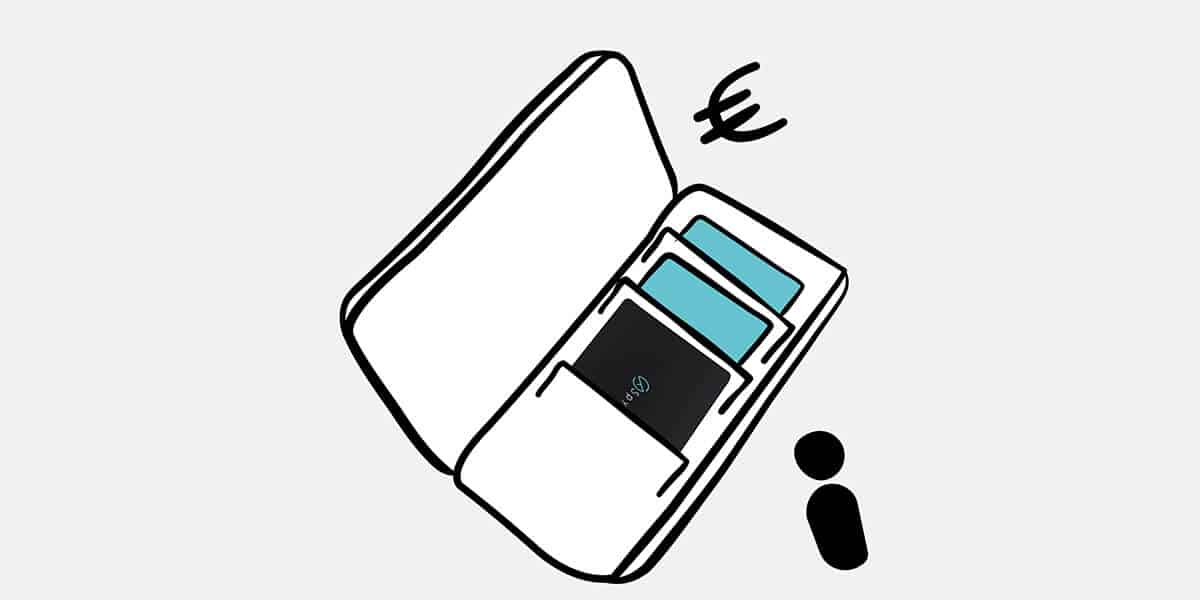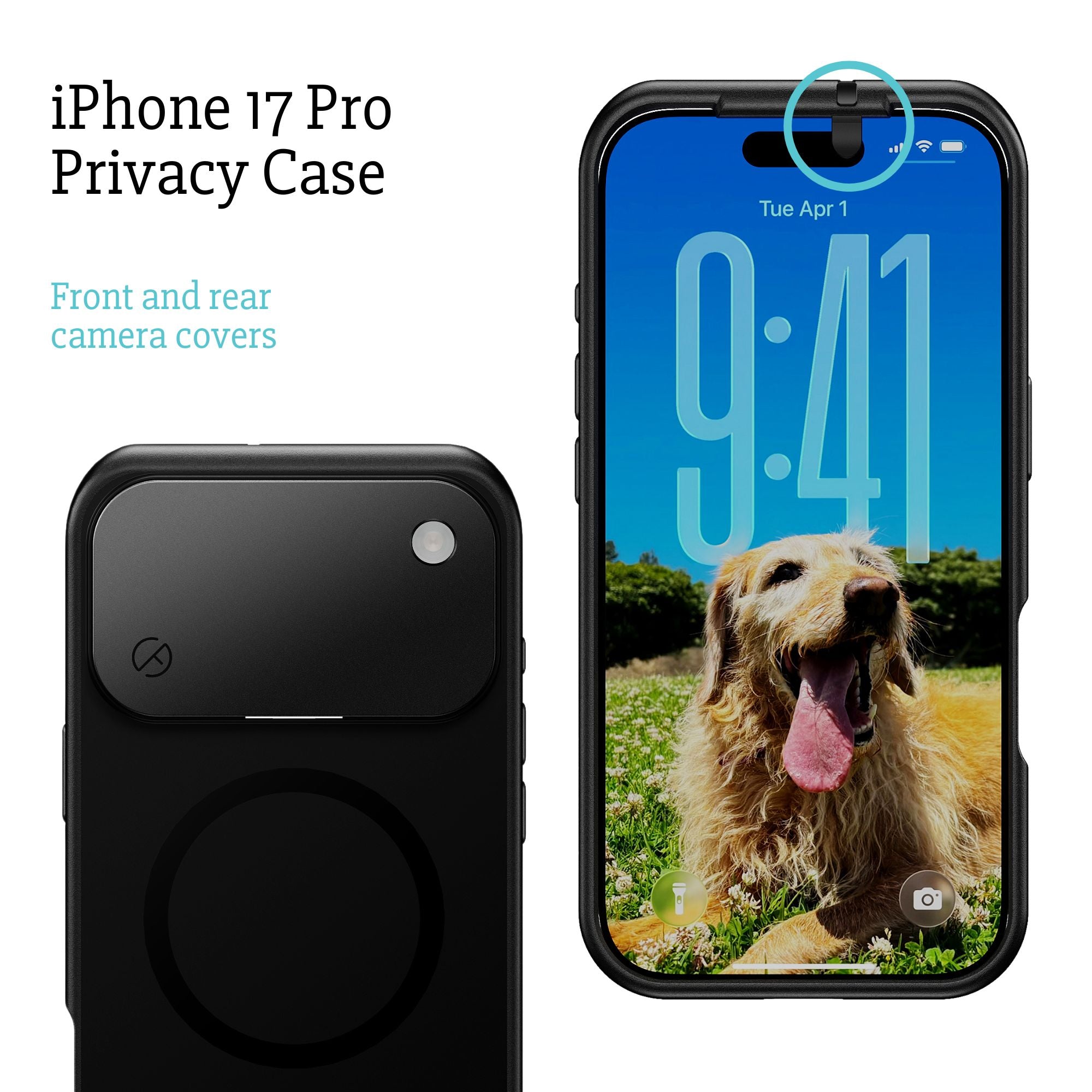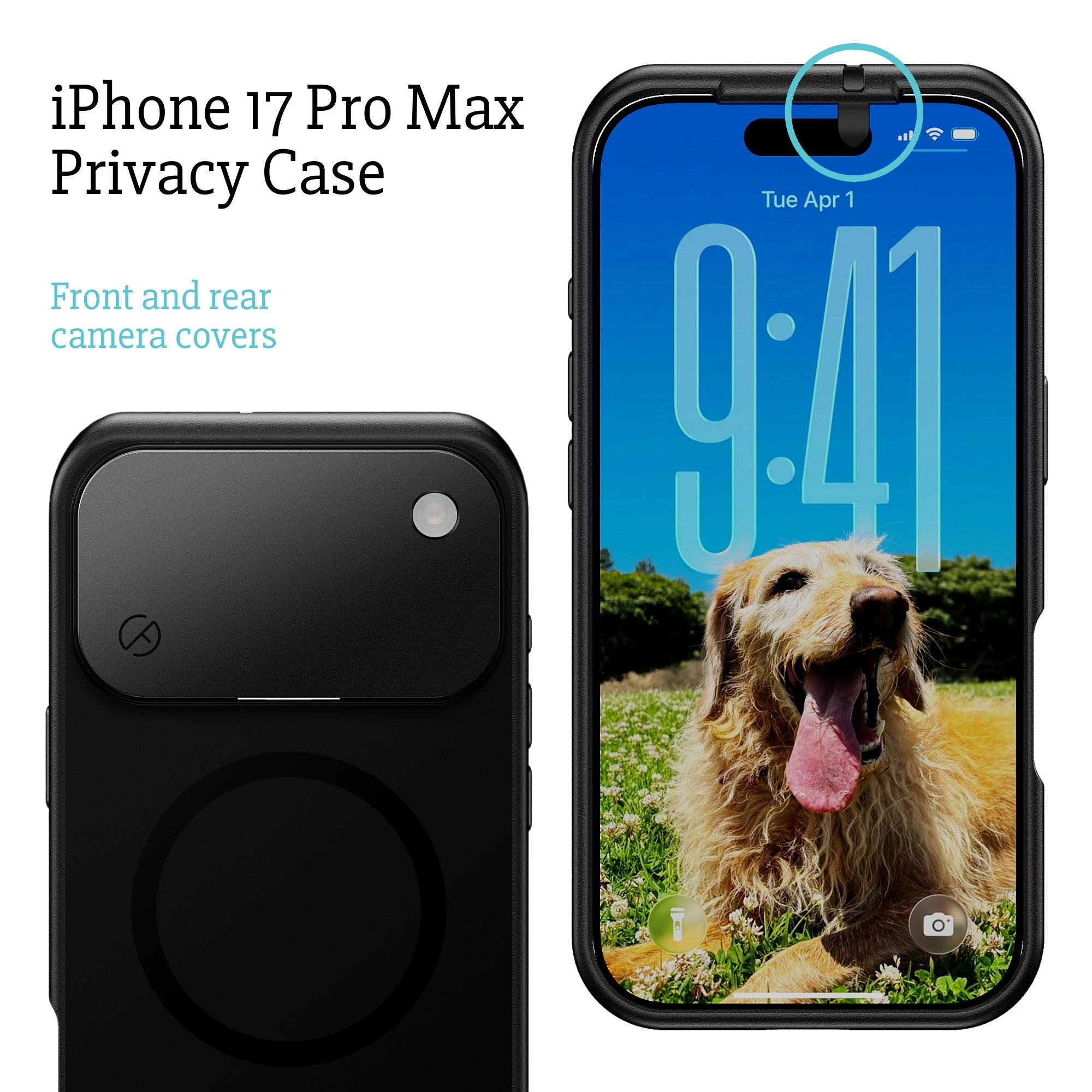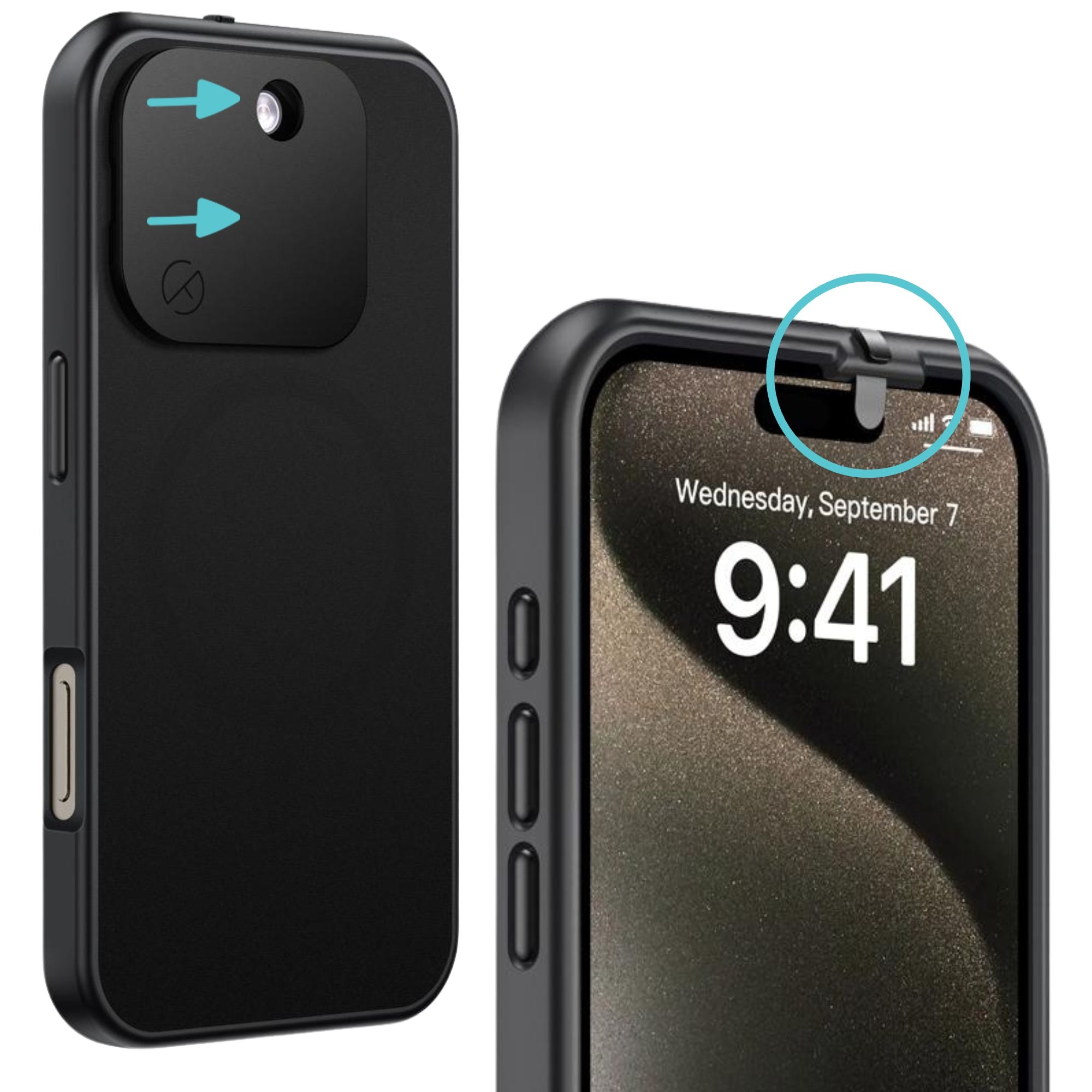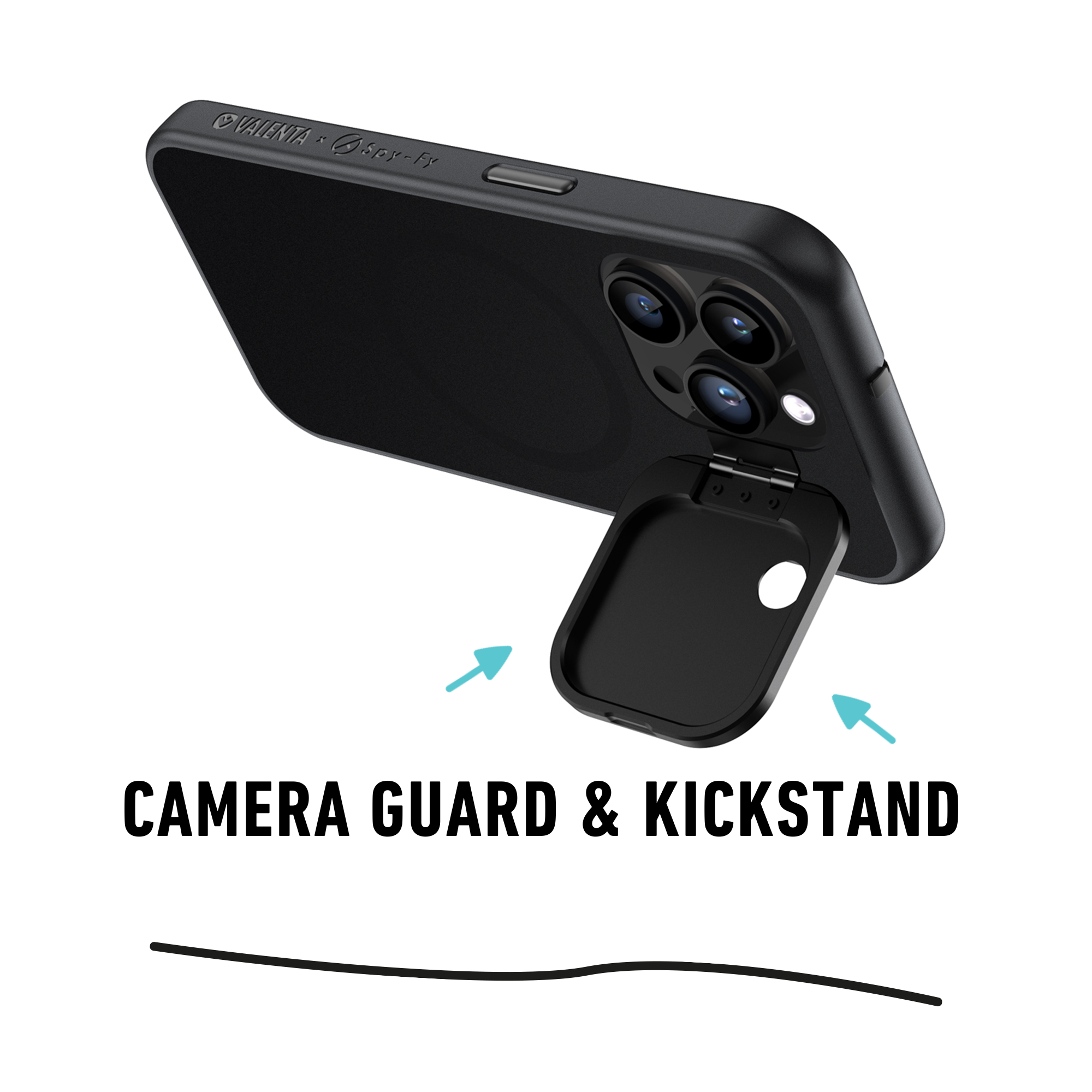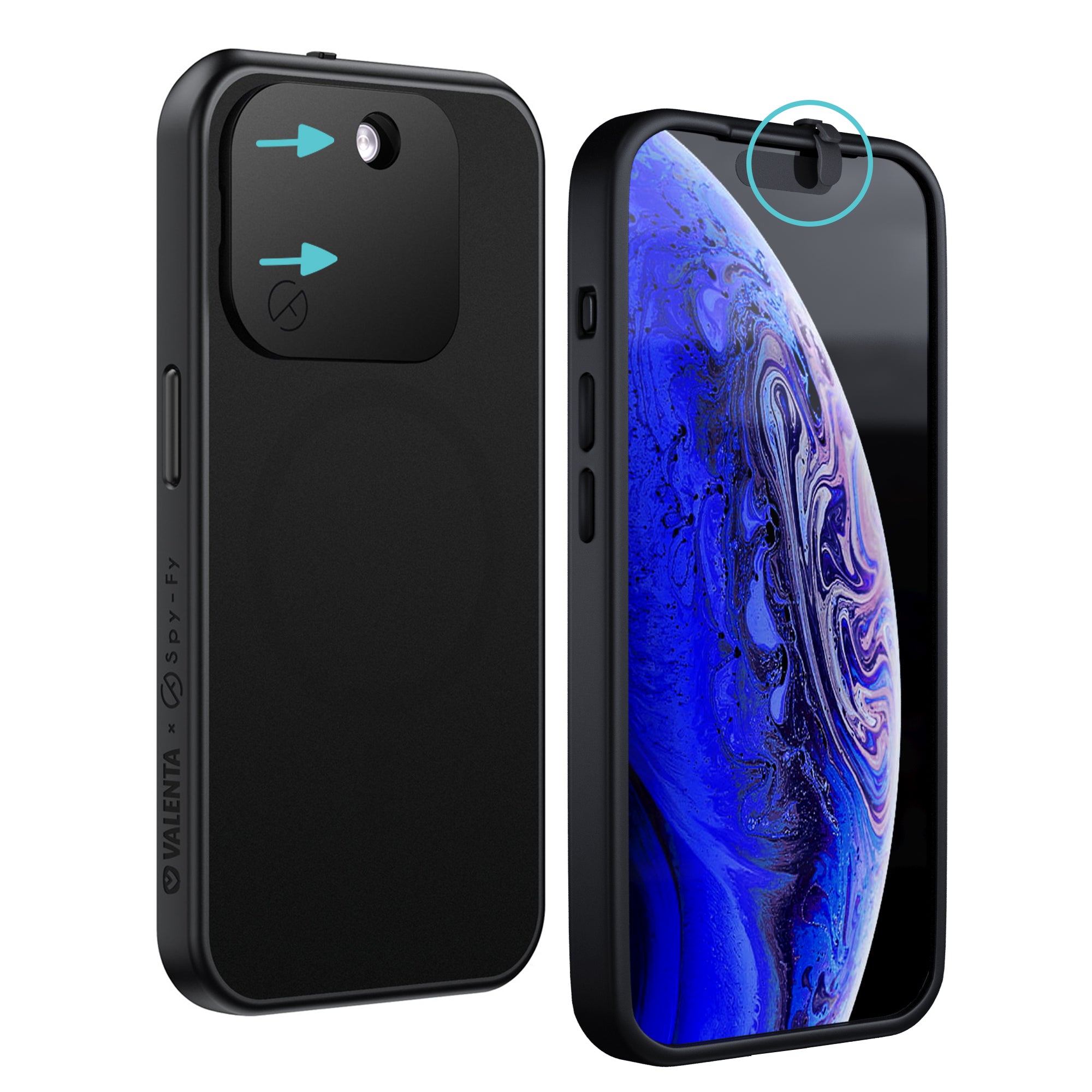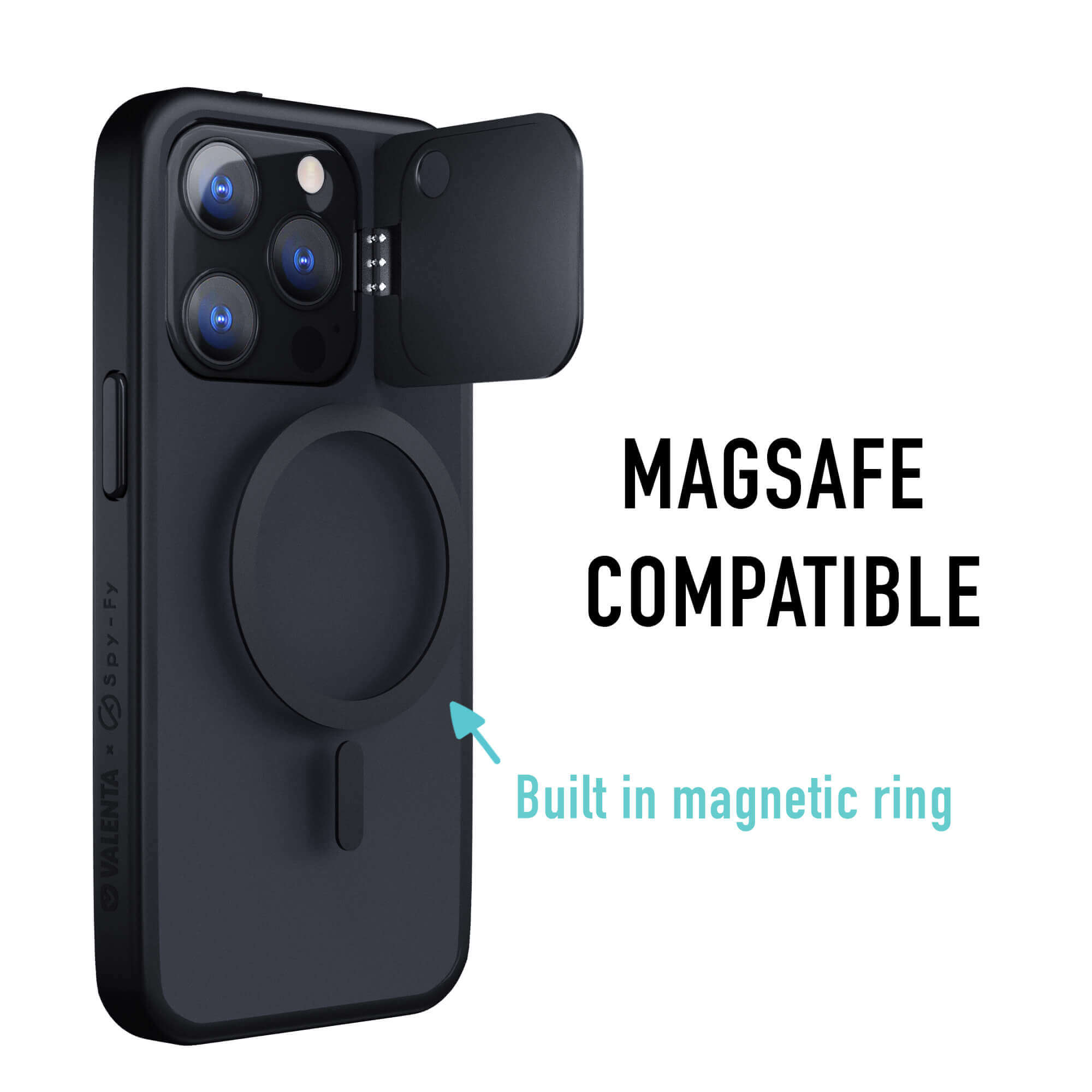As remote work has become the new norm for many companies during COVID-19, employees and employers alike have had to adjust to this new reality. With such a distinct shift in the work environment, there have surely been some privacy hiccups experienced along the way. Understanding how to protect your privacy while working from home is important because it might not be just your privacy that you are protecting. If you are working with sensitive data such as personal information of customers or internal company documents, then making use of smart privacy practices is essential for online privacy and security.
How to protect your privacy while working from home
There are 6 simple steps that you can take in order to up your privacy practices during periods of remote work.
1. Avoid using personal devices for remote work
Whenever possible, create a separation between your personal devices (like your smartphone and computer) and your work devices. There are a number of privacy advantages for using work devices. For example, work devices may already have sufficient software installed to fight against malware and viruses. Furthermore, others in your home may occasionally use your personal devices. For instance, if you work on a personal computer you might have a family member who occasionally logs on to play video games or surf the web. If they were to click on a risky site, they could accidentally create a vulnerability that puts sensitive work data at risk.

Surveillance by your employer is another potential reason that a work computer might be a good idea. Moreover, this is especially relevant if you don’t want your employer to have the ability to monitor you when you are not working. NPR recently reported on a rise in the use of tracking software by employers who want to monitor employees while they are working from home.
For these reasons, it is worth asking your employer if there is a work device that you can use at home during this remote work period.
2. Be careful with your WiFi when working from home
Avoid using public WiFi or unsecured WiFi connections when doing remote work. Basically, using an unsecured WiFi connection could put your company’s private information at risk if the connection is compromised. One easy way to fix this is by investing in a good VPN. Your employer may be willing to chip in or have a suggestion as to which VPN to use. This can help to keep your data secure while working from home.

3. Be mindful of your environment during video conferences

Whether you are in a Zoom meeting, Microsoft Teams, or a Skype call, be mindful of what images are being presented to your colleagues and friends. For example, some people like to keep a sticky note on their desk with their password. If you are video chatting with someone, this could put your security at risk. Additionally, check to see if you have pictures or anything hanging behind you that could put your personal information at risk. One easy way to avoid this privacy issue is by using a virtual background. Alternatively, you could designate one corner of your room as your background. In addition to your physical environment, watch out for your open tabs when screen sharing. You don’t want to accidentally share sensitive info or something inappropriate.
4. Use better password practices!
This advice is written in almost every practical privacy blog or article out there. That’s because it’s worth repeating! Creating stronger passwords is one easy way to safeguard your personal accounts and devices. In a nutshell, a strong password should include a combination of numbers, letters (with some uppercase and some lowercase), and symbols. A strong password does not include: names, dates, or information easily found on your social media. Read Spy-Fy‘s advice on “How to create a strong password” here.
5. Look out for COVID-19 phishing attempts when working from home
Email phishing refers to when a scammer poses as an organization or other individual in order to deceive you and get information or money. Recently, there has been a rise in phishing attempts related to COVID-19. According to the World Health Organization, criminals have been pretending to be WHO in recent phishing attempts. In these attempts, cybercriminals may have tried to solicit donations. Essentially, these criminals prey on individuals who wish to donate to a good cause only to have the donation go into their pockets instead. For this reason, always be wary of email requests for donations or money.
Phishing attempts may also try to get you to click on a bad link or open up an attachment meant to download malware on your computer. If you receive an email that you suspect is a phishing attempt, contact your work’s IT or cybersecurity expert. Telling signs of phishing attempts include unfamiliar senders, grammar mistakes, or frequent spelling errors in the email.
6. Use a webcam cover

When you are working from home, it is important to make sure that you are protected from webcam hacking. Adding a webcam cover to your computer is a great way to keep prying eyes and Peeping Toms from looking through your camera. Webcam covers provide a secure solution against webcam espionage. Read here why Spy-Fy thinks it’s a good idea to use a webcam cover. By blocking the lens of your camera, you can make sure that your privacy is protected.
Working from home may be here to stay
While COVID-19 is sure to pass, working from home may be here to stay! Therefore, starting these at-home privacy practices is a great idea! It could be that many companies may decide to offer flexible work options. Since remote work may be the new norm for many of us, being proactive in your privacy protection will help you both now and later!

